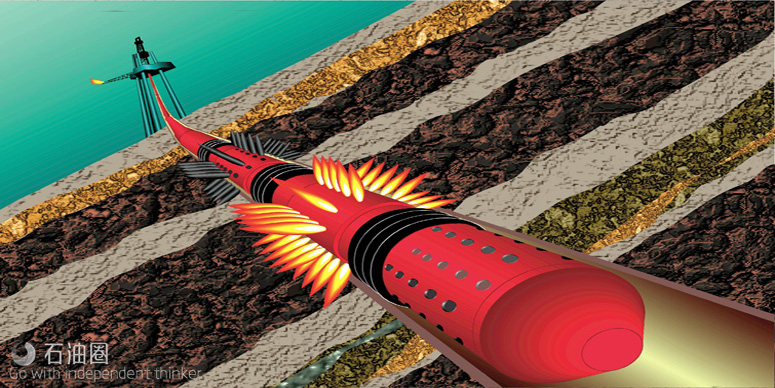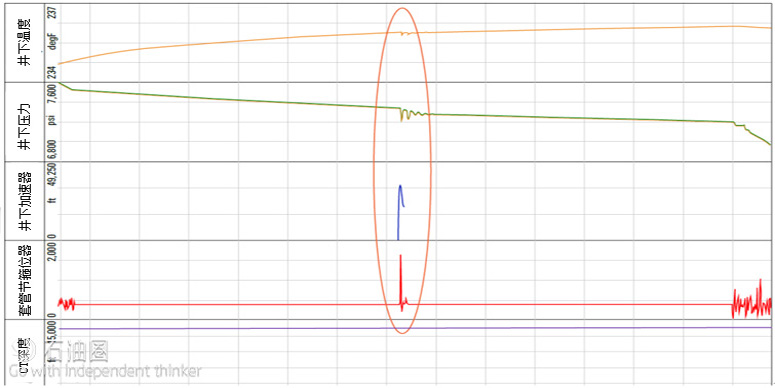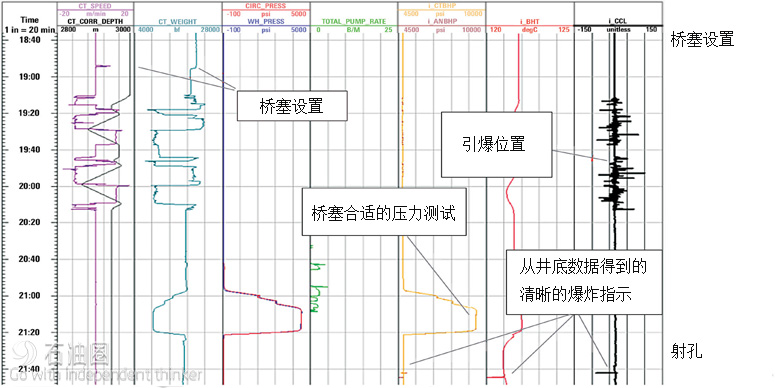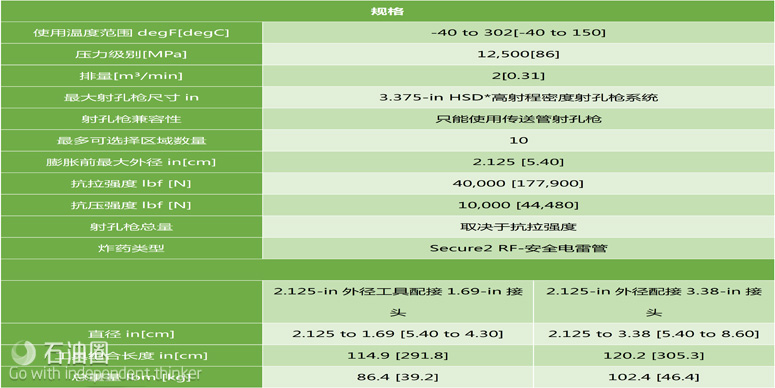Deeper boreholes and longer, more deviated laterals are driving an evolution in well intervention operations, opening opportunities for the industry to develop challenging wells in new frontiers as intervention capability expands to support the most complex wells and completions.
From a service company standpoint, this phenomenon has challenged the industry to make continued improvements in the delivery of well intervention services and technologies to meet the needs of customers and do the job right, the first time. Development of advanced equipment, such as coiled tubing (CT) and other downhole tools that transmit critical data and measurements in real time, is helping operators move into these new arenas and produce from wells that once would have been inaccessible to intervention methods.
By far the most used and exposed piece of equipment in the oil field, CT has been a critical tool in moving well intervention services forward. The need for accurate, real-time data in CT operations will continue to be a key driver for further innovation. Downhole tools that can provide real-time information on depth, pressure, and temperature and depth correlation are critically important and represent a significant change from the requirements of 10 or 20 years ago in shallow, vertical wells, where a 0.1% discrepancy was acceptable.
For example, intervention in an offshore well of more than 20,000 ft requires better resolution and greater accuracy in the critical parameters, such as depth, pressure, and the specific activity of the CT than intervention in shorter wells in less challenging settings.
In this situation, a stimulation treatment to increase the productivity of a well with lower drawdowns on the reservoir can take 2 or more days to run in and out of the hole. Traditionally, operators have used surface measurements to infer the depth from length measurements, with little information and control over what the CT is doing downhole. In a difficult horizontal well, reliance on those assumptions can very easily lead to discrepancies in measurements and inaccurate decision making.
Schlumberger made a conscious decision more than 10 years ago to focus on developing high-tech sensors that provide real-time downhole measurements for greater accuracy. Today, tools that deliver the capability to digitally operate key well intervention services and equipment are aiding rig crews in conducting efficient, safer well interventions.
Optimizing performance of existing wells is a practical choice that reduces the costs and risks associated with well intervention. Innovative CT technologies offer several key benefits, including a reduced footprint, accurate measurements of bottomhole pressures and temperatures, proper depth correlation, and precise load measurements in a unique, robust package for harsh and complex environments. These features allow operators to eliminate guesswork and make educated decisions as the job progresses, respond immediately, and adjust parameters as conditions change.
Conventional methods for perforating with CT often require some compromise, either on efficiency (multiple runs required), operating restrictions (limitations of common perforating heads), or safety (detonation confirmation).
Deployed with the ACTive Perf* CT real-time perforating service, the ACTive OptiFIRE* CT real-time selective perforating and activation system eliminates all of these compromises, providing a safer, more economical, and more efficient method for perforating with CT.
The system is designed so that it does not require a ball drop or a pressure pulse system to detonate. It can be used with a wide range of perforating guns that are compatible with Secure2 RF-safe electronic detonators and addressable switches. This flexibility enables arming the guns on demand and firing each gun individually, with unprecedented perforating optimization.
The ACTive OptiFIRE system is armed after it is run in hole and programmed using wireline protocols through a surface system in the CT cabin, eliminating the need for a wireline unit or cabin.
After the depth control procedure is performed with the casing collar locator (CCL) and gamma ray tool that are also part of the ACTive service, the surface system protocol arms and selectively fires individual guns from the bottom up. The system uses batteries downhole to activate the guns. Plug setting can be achieved with a command sent to the setting tool, allowing for a controlled and timely method of setting the plugs and perforating selectively on a single run.
APPLICATIONS
1.Selective perforating
2.Plug setting
ADVANTAGES
1.Live well intervention capability
2.Selective perforating capabilities
3.No need to overdisplace fractures when running plug-setting tools
4.Downtime reduction through successful first attempts
5.Robust selective-firing multiple-gun system in a single run
6.Accurate depth control and real-time pressure and temperature monitoring using the ACTive* real-time downhole coiled tubing services
7.No ball drop or pressure pulse required for detonation
8.Capability of addressing pumping issues in subhydrostatic wells
9.Less formation damage
10.Immunity to radio frequency (RF) interference, so no radio silence required
11.Improved safety from addressing each gun with advanced switches and using the Secure2* RF-safe electronic detonator
12.Reduced footprint
13.Real-time downhole measurements
-Bottomhole pressure (BHP) and temperature (BHT) for optimized fluid placement and hydrostatic pressure control
-Casing collar locator, gamma ray, or both for depth control
-Fast-acquisition accelerometer for detonation confirmation
-Real-time feedback on firing for increased safety
14.No need to pump fluid to detonate
15.Ability to fire up to 10 zones in single run
16.Use of electronic safety key and pin for reduced risk during perforating
ACTive OptiFIRE System Saves 36 Hours for ENI by Combining Plug Setting and Perforating
Offshore multistage stimulation needs an efficiency boost
The Nene Marine field is a shallow-water sandstone development about 20 km [12 miles] off the coast of Pointe-Noire, Congo. ENI initially developed the field in 2016 by running plugs, perforating guns, fracturing operations, and cleaning out the well in sequential operations through a fracturing string before running the permanent completions.
In the first horizontal well, a Schlumberger team ran Copperhead plugs on coiled tubing (CT) and set each plug by dropping a ball and pumping fluid to achieve the setting pressure. The team then perforated the stage using the ACTive OptiFIRE system, which enabled the crew to run the perforating guns into the horizontal well, detonate the guns without pumping, and immediately confirm detonation. The team then pumped the fracture stimulation designed for the tight sand formation. Finally, CT removed sand and debris to prepare the well for the next plug. Although the ACTive OptiFIRE system improved perforating efficiency, the operation still required three CT runs for each stimulation stage.
To simplify, expedite, and optimize the completion operation, ENI asked for a way to combine more operations.
Downhole tools modified to add capabilities
The ACTive OptiFIRE system can perforate up to 10 zones in a single run and provide real-time downhole detonation confirmation. Because the ENI well design did not use the system’s full 10-zone capability for selective perforating, Schlumberger engineered an adapter that enabled the system to set the versatile Copperhead plugs electrically using the conventional wireline plug setting tool.

 石油圈
石油圈




